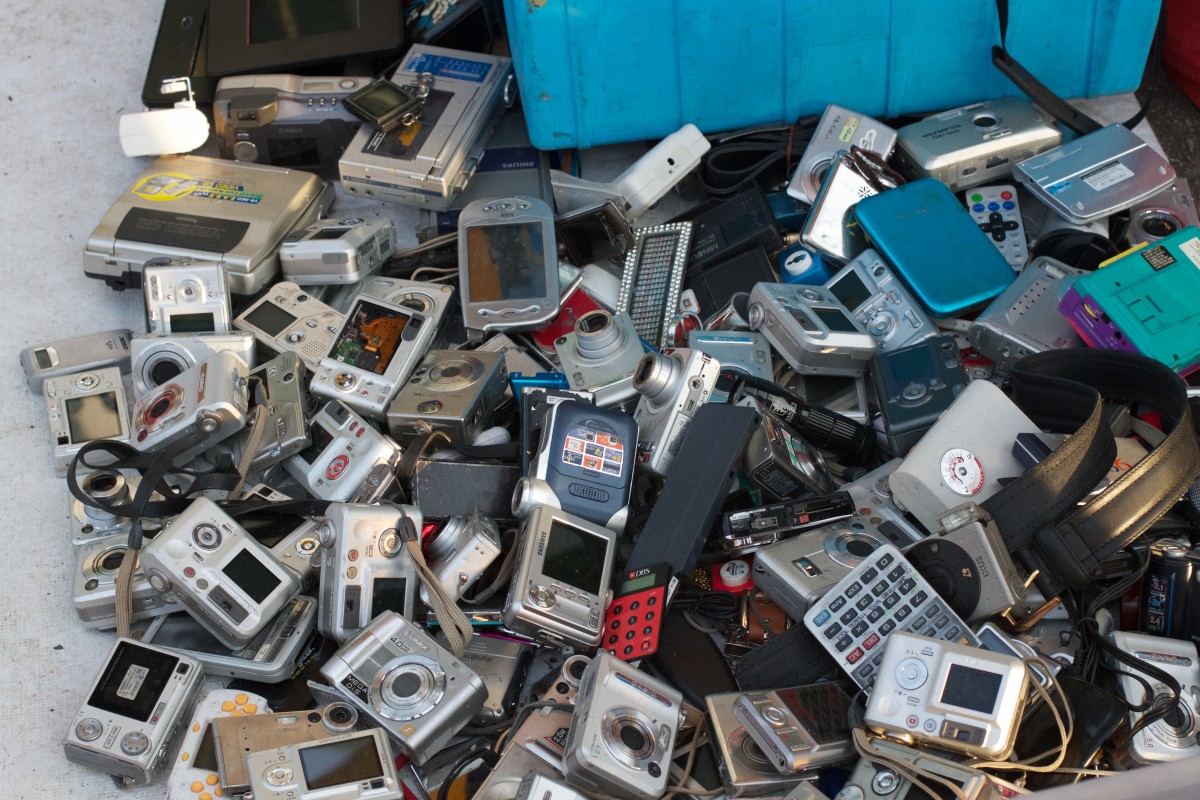
La scheduled obsolescence it is a strange phenomenon that consumers know and fear. But, despite being an open secret, there is still a lot of secrecy. In addition, manufacturers of all kinds of products and services have turned it into an art in order to achieve more benefits at the cost of customers having to replace your devices in a hasty way.
Esto carries a number of problems, not only the economic one of forcing users to invest in buying new products. It also implies other clear disadvantages, such as generating a greater amount of emissions and waste that do not contribute at all to a more sustainable and environmentally friendly system.
What is planned obsolescence?
La scheduled obsolescence It consists of producing goods with a short useful life so that consumers have to repeat the purchase in the short term. This evil in the industry is not new now, although now is when it is most talked about. It has been established in the sector for a long time. In fact, one of the first products to be affected by this phenomenon was the first prototypes of light bulbs by Thomas Alva Edison in 1901.
Edison himself created a prototype lasting 1500 hours, which would be a success for the sales of the companies in charge of its manufacture. It is possible to create much more durable bulbs, however doing so would mean that they would not sell as much. The Phoebus Cartel would also be created to sanction all manufacturers who create devices that last more than 1000 hours. A whole plot agreed in the sector to fill your pockets and empty them to you ...
By then there was no ecological awareness, no consumer rights, so the whole world began to swallow with this practice that lasts until today. In addition, new milestones would come for this practice, when it expanded to many other sectors to contaminate the entire product market and even intangible goods or services such as software.
Recently, Apple is one of the most critical companies It has received due to the programmed obsolescence of its devices, such as the iPod, or that of some of its iPhones, which have even caused complaints from certain organizations such as the OCU.
Types of planned obsolescence
In a subtle and almost transparent way to the user, manufacturers and designers have everything very well thought out to obtain the maximum benefit from what they produce. However, the strategies can be very diverse in each product, finding several types of planned obsolescence on the table:
- Planned benefit obsolescence: is one that affects the performance of the product you have purchased. For example, it may be the capacity of a memory that remains small and you have to buy a larger one, the performance of a CPU, the power of a motor, etc.
- Social or psychological programmed obsolescence: it is achieved through marketing, marketing and the manipulation of society. Steve Jobs was an expert on it. It is one that encourages consumers to have a device to feel that they are part of social normality, or to make certain tricks so that the user thinks that their device is already obsolete and must change it. For example, having an iPhone as a more chic and identity object of a higher social class.
- Functional or default scheduled obsolescence: in this other case, programmed obsolescence is what causes a product to break or deteriorate once the warranty period has passed so that you have to replace it with another. It is one of the most widespread of today, and surely you have heard that of «the X's no longer last like they used to«, Being able to substitute X for cars, appliances, or whatever ...
- Indirect obsolescence: It is related to the previous one, since it is one that prevents you from being able to repair a product because there are no replacement parts, because the manufacturer makes it very difficult for the repair, or because the parts cost more than buying a new one.
- Scheduled obsolescence due to incompatibility: it can be similar to the benefits, but it is directed to the incompatibility. For example, when they update an operating system and it does not support a device and forces you to buy a newer one if you want to enjoy the improvements, or a new port incompatible with the previous ones, etc.
- Notice Obsolescence: it is usually very frequent in printers or multifunctions, when the device warns that the ink cartridges or toners are obsolete or need to be changed, or that certain ink head cleaners are preparing to stop working after a certain time, updates firmware that forces you to stop using certain compatible consumables, etc.
- Ecological obsolescence: when they make you buy another new product that is supposedly more sustainable, energy efficient and environmentally friendly. And maybe that's the case, but it can also happen that replacing it generates more problems than it solves, for example, generating e-waste or electronic waste. In addition, this term is closely related to greenwashing or the green face wash that many companies want to pretend ...
Other sectors Different from hardware and software, they also have other obsolescence, such as aesthetics for the fashion and accessories industry, due to best before date or expiration dates for food or medicine, etc.
Advantages and disadvantages of planned obsolescence
Really planned obsolescence has little or no consumer benefit. It just brings trouble for him. The benefits are only for the companies that sell these goods, since they are the ones that benefit when you have to buy new devices from them. That is to say, its only objective is economic profit.
However, that brings problems very important that derive from this practice, such as:
- The impact on consumers' economies.
- The generation of a greater amount of e-waste or electronic waste (and other types of waste and derived waste) that pollutes or does not end up being recycled.
- Greater consumption, which implies the exploitation of more resources and a less sustainable industry.
What sectors does it affect?
Planned obsolescence not only affects the world of new technologies, such as hardware and software, also many others, such as vehicles, fashion, food, the pharmaceutical industry, and a long etc.
Fight against planned obsolescence
To combat programmed obsolescence, a commitment from the political class is needed to impose sanctions on those who practice it and to regulate it to prevent it from being done. However, many governments are somewhat reluctant to do so due to economic pressure from the various pressure groups in the affected industrial sector.
Climate change and increased user awareness are helping some agencies begin to create laws to combat planned obsolescence. A case of this is the European Union, which has created a series of protocols to benefit European consumers. For example, extend the warranty years, allow the repair of products and make manufacturers facilitate this with modular designs and the production of spare parts over a long period, the standardization of some components (eg: chargers), use of labeling showing the reliability of the devices to help the consumer choose better, etc.
All this will contribute very positively to the environmental impact and in the fight against climate change, in addition to making consumers more reliable and money-saving products.
As a user You can also implement some actions that will help fight against planned obsolescence:
- Prioritize the purchase of more reliable and modular products.
- Reuse products by selling them as second-hand or donating them to give them a new opportunity.
- Recycling and Disposing Properly. This, although it does not directly contribute to the fight against planned obsolescence, it is a good practice to avoid that garbage ends up contaminating or in inappropriate landfills.
- Promote the culture of responsible consumption, both socially and environmentally.
- Acquire products that make it easy for you to repair, either with parts that can be removed for replacement, or from manufacturers that provide long-term support and spare parts.
- Take care of your products to extend their useful life.





Very good article! Thank you!
Thank you very much for reading us!